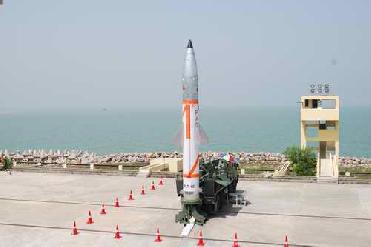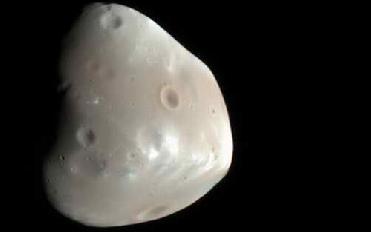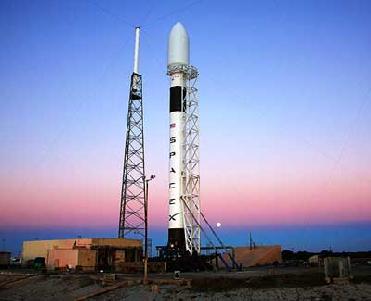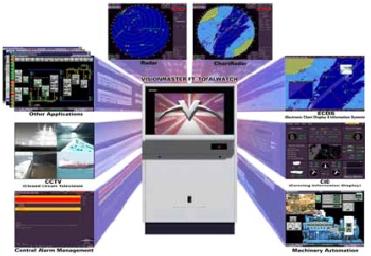
A photo of PAD at the ITR on March 7, 2009. DRDO photo
NEW DELHI (PTI): In an effort to extend surveillance capabilities and track enemy missiles attacking the indigenous Ballistic Missile Defence (BMD) system, DRDO is eying to deploy assets in space.
"We are certainly looking to develop space-based surveillance capabilities," top DRDO scientist and Air Defence programme Director V K Saraswat told reporters here.
India inched closer towards its endeavour to put in place its own homegrown Ballistic Missile Defence System as it successfully carried out the third Interceptor test Friday.
The test was conducted at 1624 hrs from Integrated Test Range (ITR) at Wheeler Island in Orissa. The mission control room burst into raptures as the radar display indicated the interception and destruction of the decoy enemy missile by the interceptor.
He said the Indian Space Research Organisation (ISRO) was working on the project to develop the required space-based systems for the BMD.
Saraswat said these capabilities would be developed in the second phase of the programme.
To tackle missiles with a striking range of over 6,000 km, hypersonic interceptor missiles will have to be developed for the phase 2 of the air defence programme, the official said.
In the previous two trials, DRDO had successfully tested the BMD system in November 2006 outside the atmosphere at a 48-km altitude and inside atmosphere at an altitude of 15-km in December 2007.
DRDO has developed a two-tier system with the PAD missiles intercepting ballistic missiles at altitudes between 50-80 km and the Advanced Air Defence (AAD) missile destroying them at heights between 15-30 km.
When asked about the various similar BMD systems being offered to India by Russia, United States and Israel, Saraswat said, "BMD has to be developed within the country like the other strategic systems. You cannot beg and borrow it."
He said similar systems developed in other countries were developed as per threats faced by them and with a "limited threat perception", India needed to have its own system.
When asked whether India had the capability to destroy satellites in spaces, he said, "If you have long-range missiles and a BMD capability, then you can do satellite neutralisation also." Commenting on the BMD systems of other countries, Saraswat said the US and Russia had 'good' capabilities.
 Previous Article
Previous Article













The Indian Air Force, in its flight trials evaluation report submitted before the Defence Ministry l..
view articleAn insight into the Medium Multi-Role Combat Aircraft competition...
view articleSky enthusiasts can now spot the International Space Station (ISS) commanded by Indian-American astr..
view article